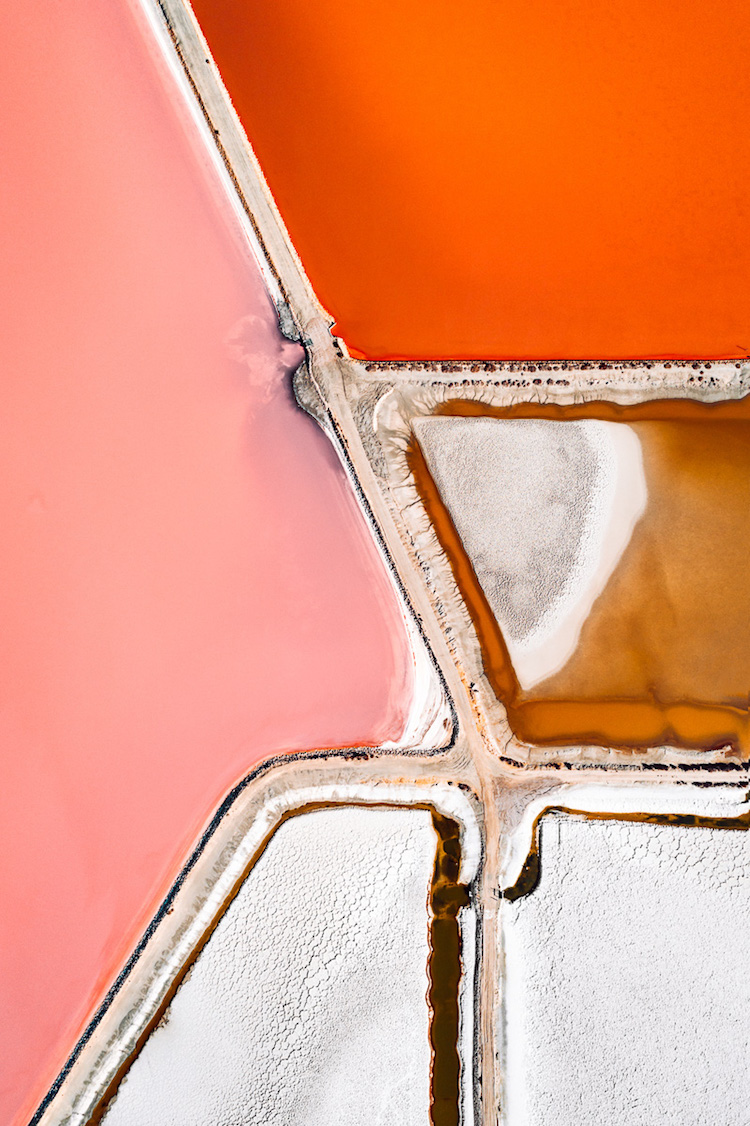
German aerial photographer Tom Hegen has been examining the industrial scars left by humans for the past two years. From the effects of quarries and coal mining to industrial farming, he’s been able to give a new perspective on how humans are shaping the environment. In The Salt Series, he explores the ancient practice of sea salt extraction.
Over the course of two weeks, Hegen traveled the shores of the Mediterranean Sea in order to examine how salt cultivation has shaped the landscape. “I was curious if the salt ponds really looked like how I imagined them to be. I was then really amazed by the vibrant hues, textures and abstract shapes I observed,” Hegen tells My Modern Met. “The size and landscape of those salt gardens are just overwhelming. They reach far into the horizon and cover areas of many square kilometers.”
The brilliant colors and patterns captured in each photograph are astonishing. A full rainbow is on display in the images, distorting the salt ponds into brilliant and captivating abstractions. Yet, underneath the beauty, there’s a realization that—however attractive—the results are a manipulation. A manipulation that isn’t necessarily positive for our planet.
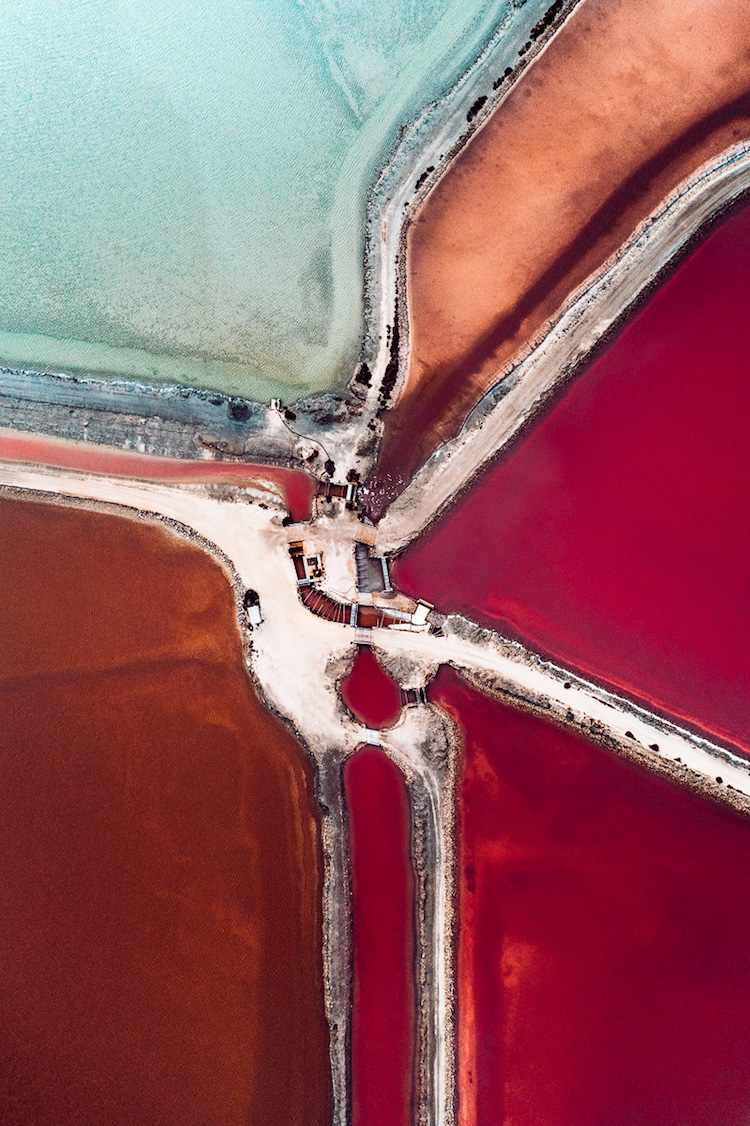
“We have left our marks on the earth’s surface in order to meet our daily needs,” says Hegen. “I am trying to sensitize the viewer for those subjects by taking a look at the extraordinary forces impacting our environment.” The Salt Series is just one chapter of Hegen’s forthcoming book Habitat, which is currently available on Kickstarter. Across 180 pages, 90 photographs, and two essays by experts on the environmental impact of humans, Hegen powerfully demonstrates the concept of Anthropocene.
This proposed era marks the beginning of significant human impact on our ecosystem—including climate change, rising sea levels, the ozone hole, and landscape changes. “I explore the origin and scale of that idea in an effort to understand the dimensions of man’s intervention in natural spaces and to direct attention toward how humans can take responsibility. Aerial photography is a compelling way to document those interventions because it basically makes the dimensions of human force on earth visible.”
Through Habitat, which is supplemented with facts and infographics about the environmental toll of humans’ daily needs, Hegen hopes to begin changing the minds and habits of the public at large. “The photos will hopefully inspire and invite the viewer to discover our planet from a different perspective. It should help to understand the dimensions of man’s intervention in natural spaces and to take responsibility for that.”
Aerial photographer Tom Hegen spent several weeks photographing salt ponds around the Mediterranean for The Salt Series.
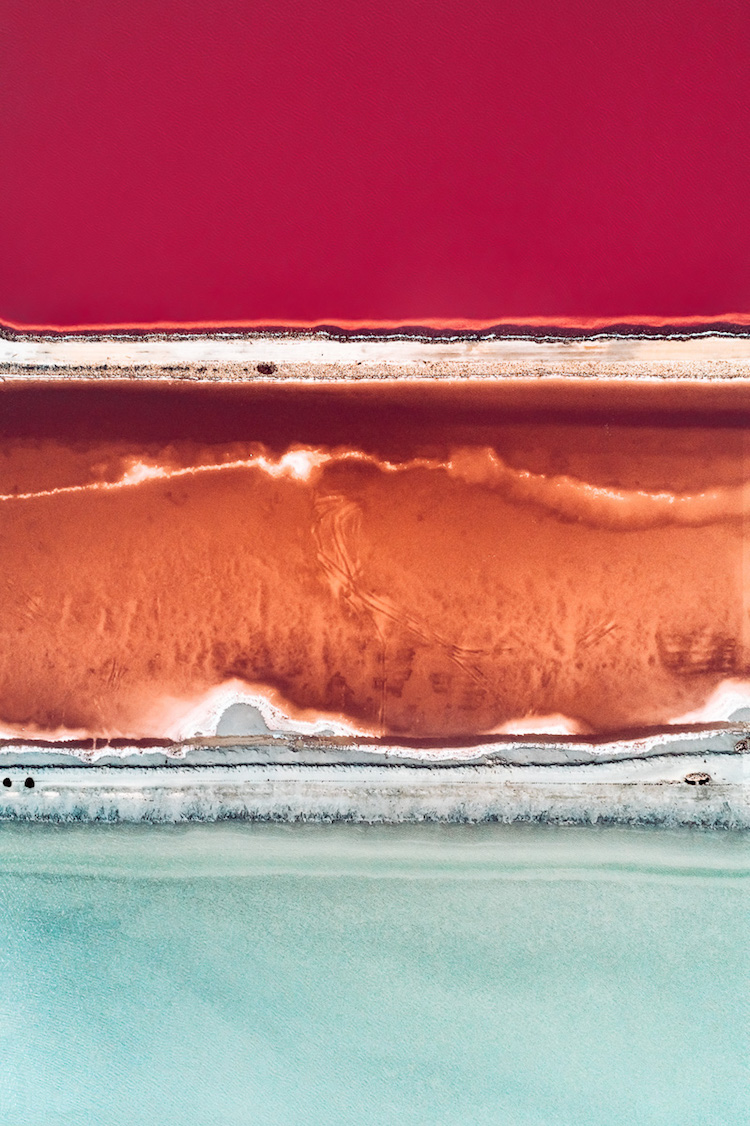
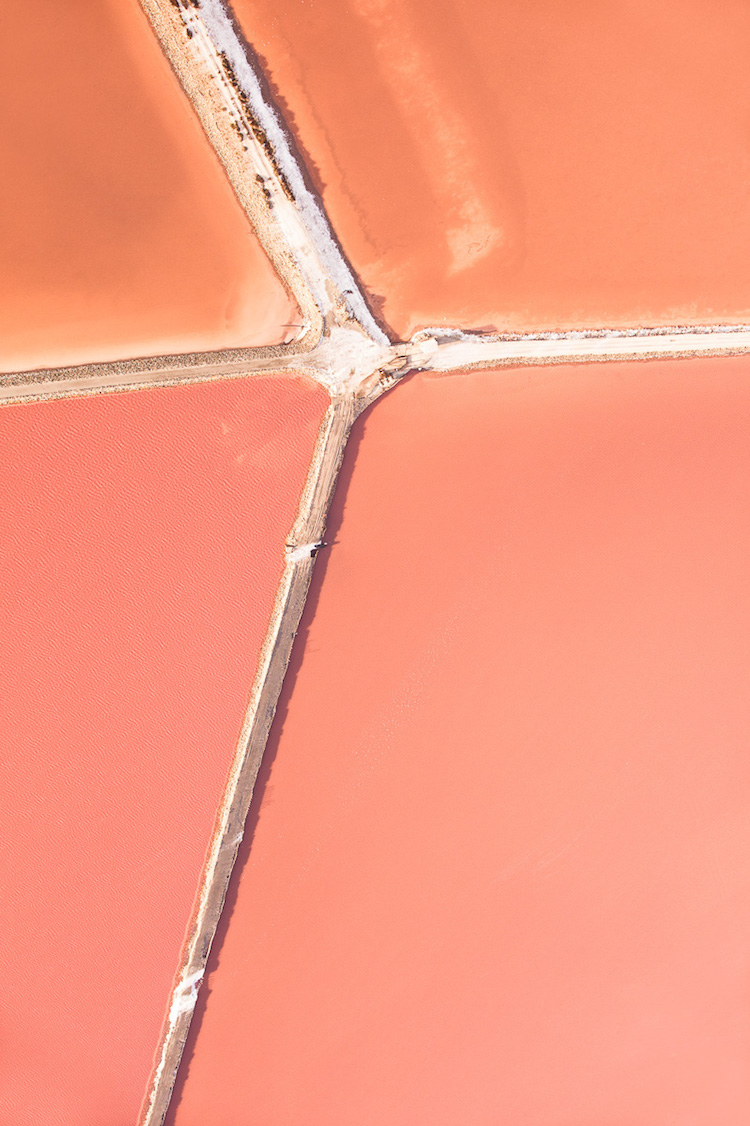
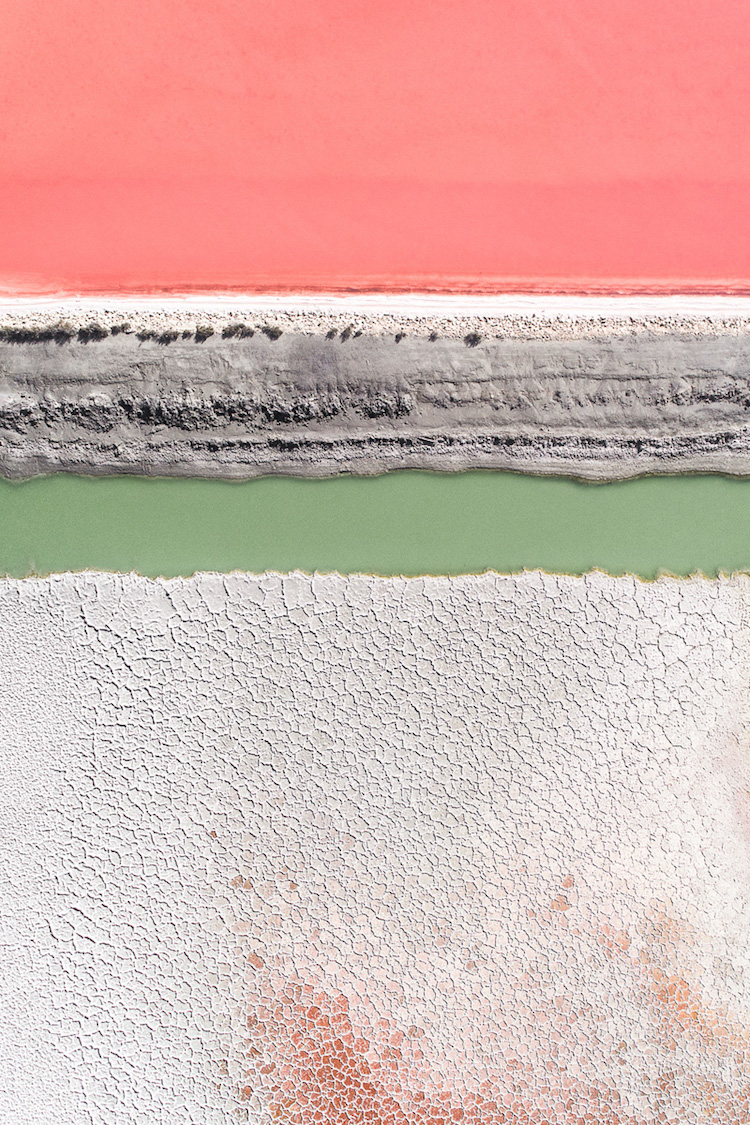
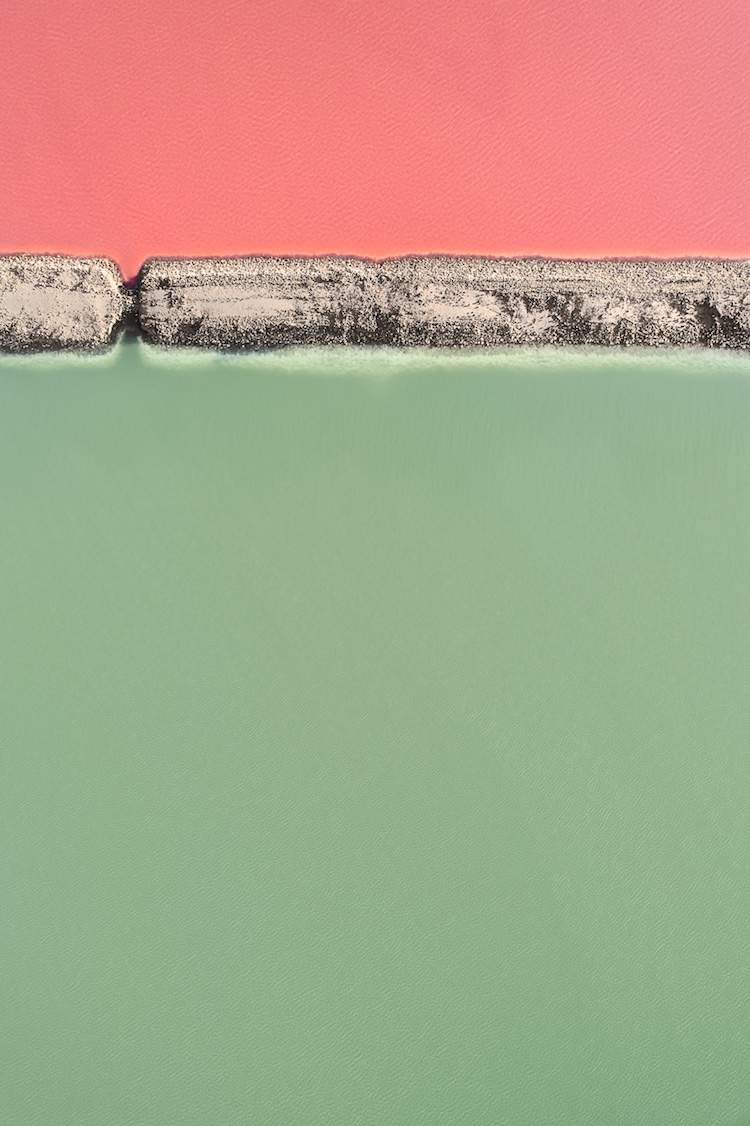
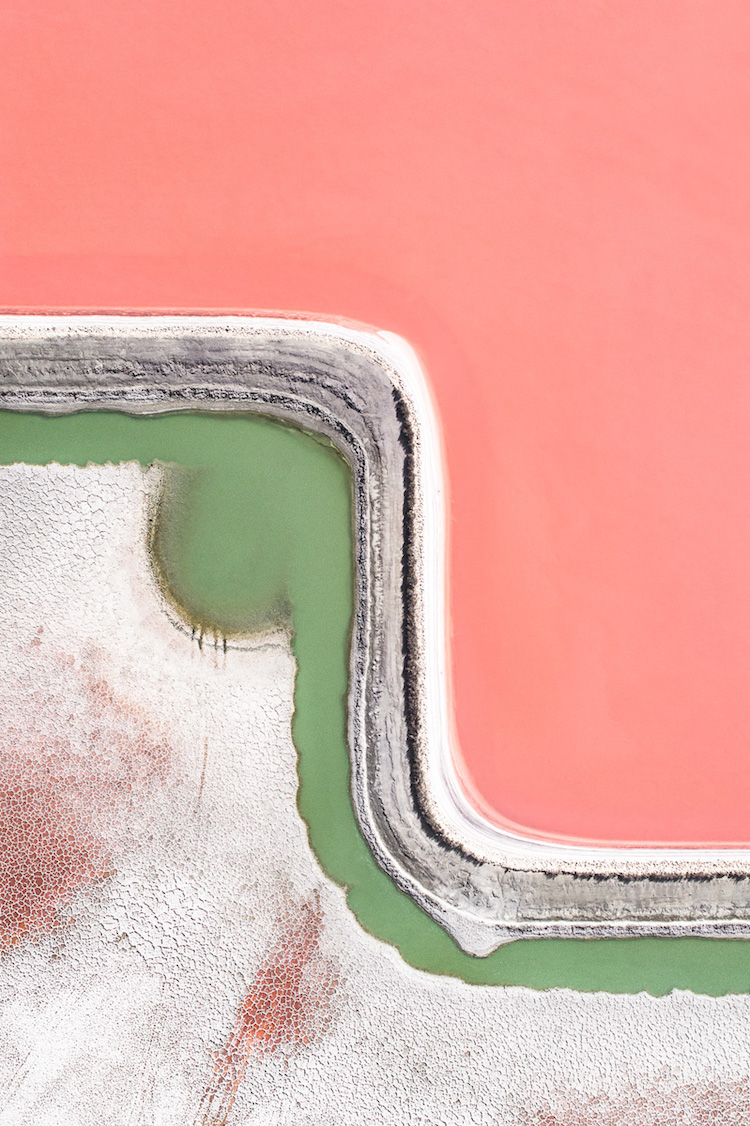
The series is part of a larger investigation about the human impact on Earth’s ecosystem.
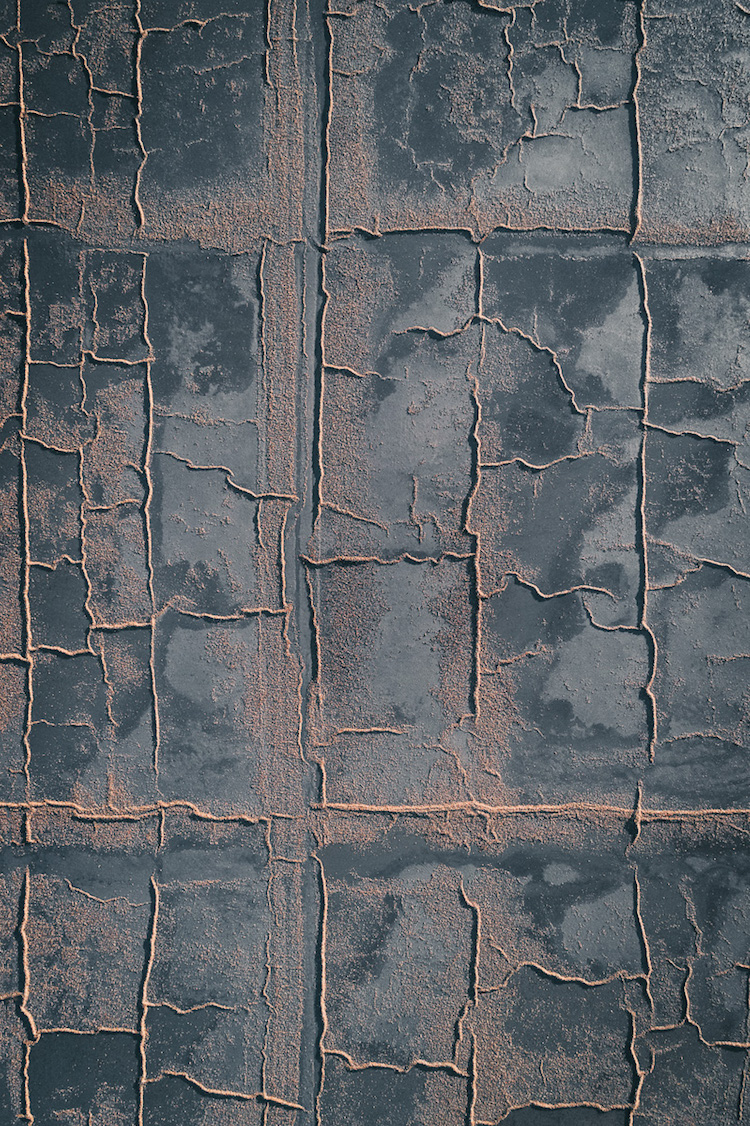
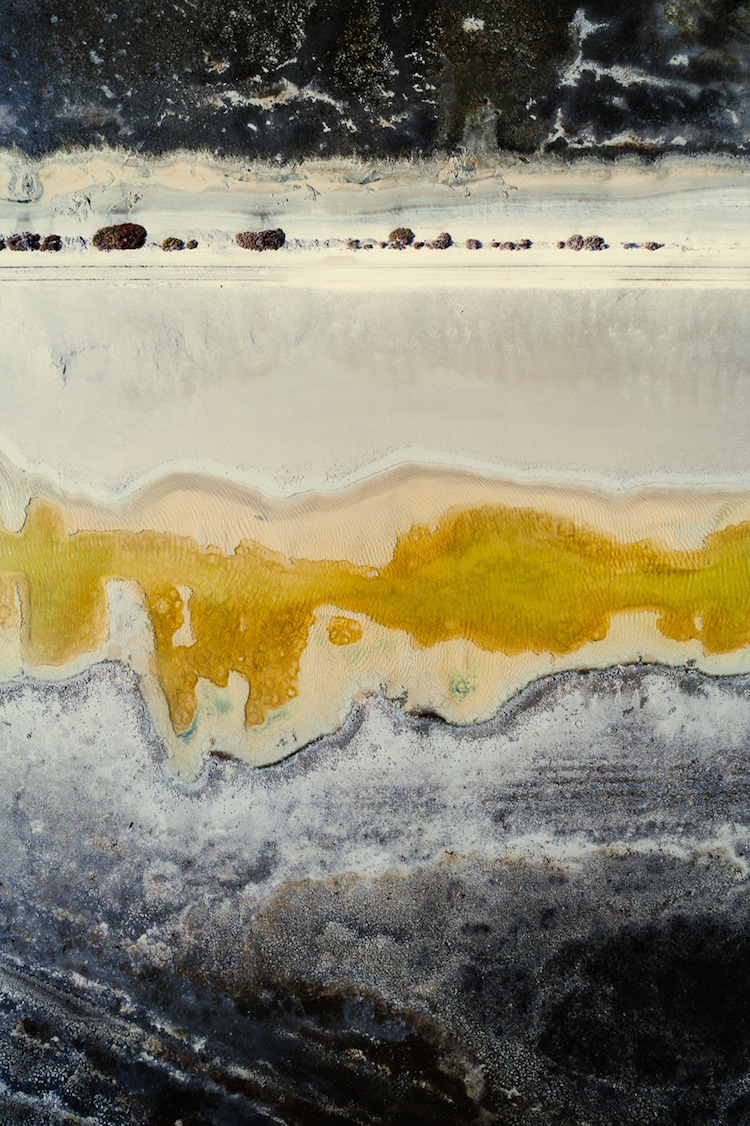
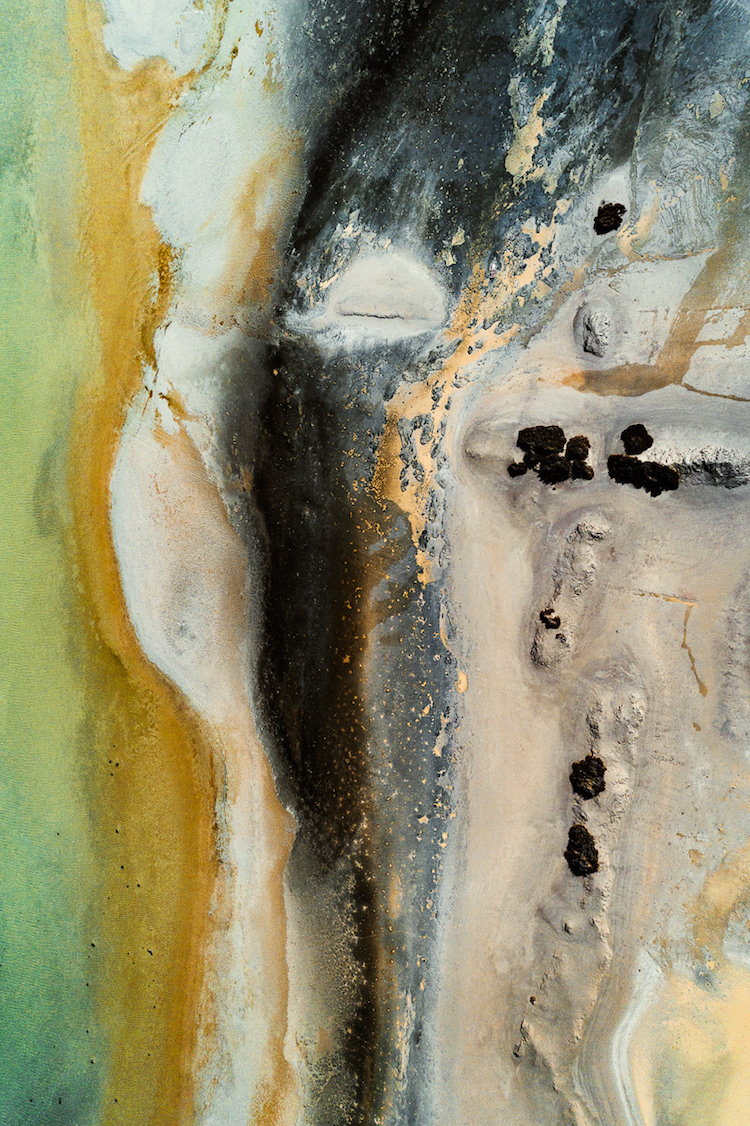

Hegen’s forthcoming book Habitat is now available via Kickstarter.
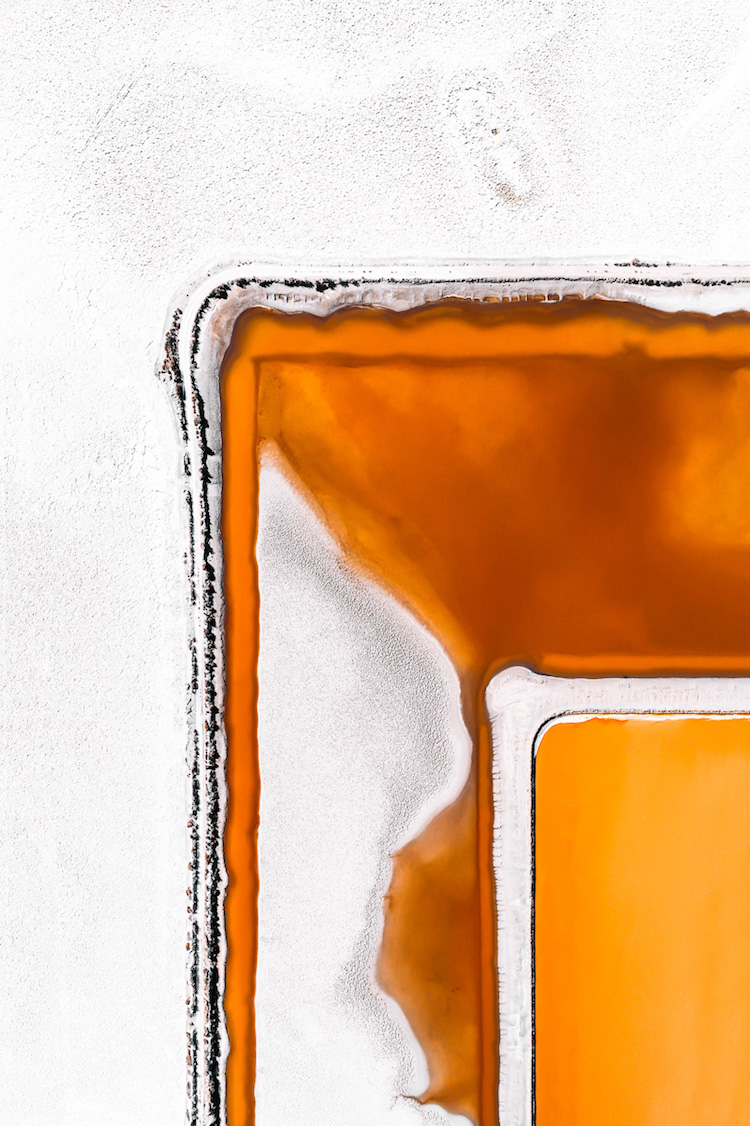
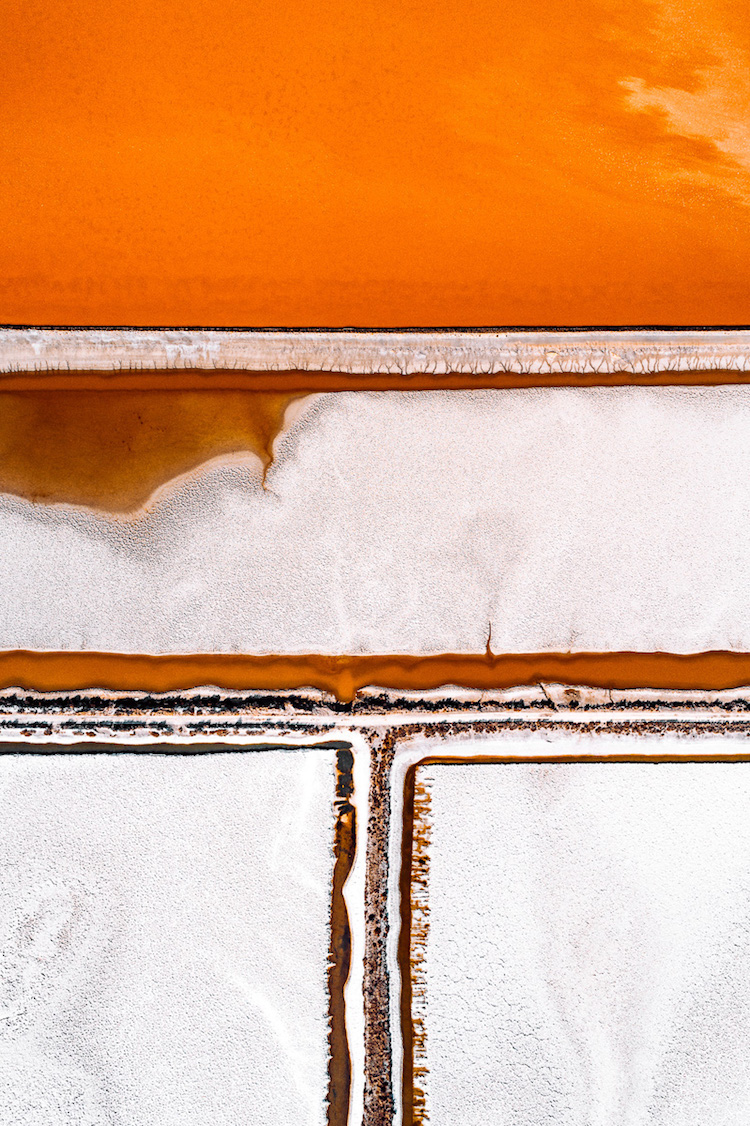
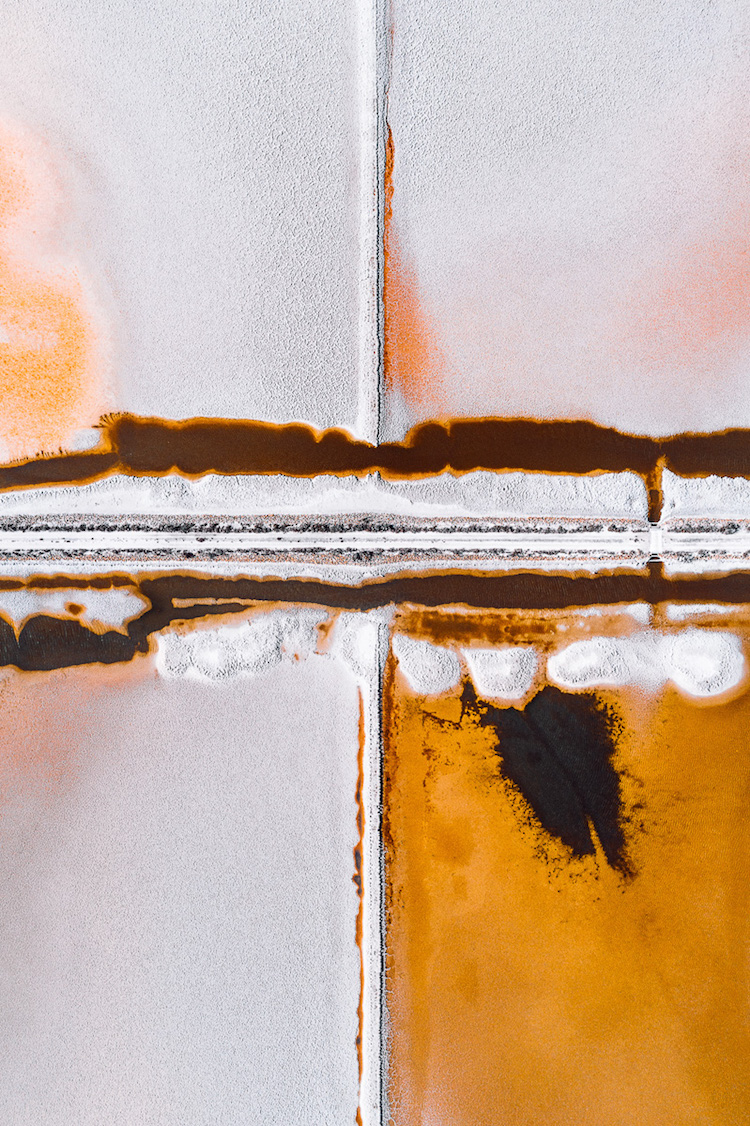
 Tom Hegen: Website | Facebook | Instagram | Behance | Kickstarter
Tom Hegen: Website | Facebook | Instagram | Behance | Kickstarter
My Modern Met granted permission to use photos by Tom Hegen.
Related Articles:
Artistic Aerial Photos Reveal the Chilling Industrial Scars Created on Earth by Man
Eye-Opening Landscape Photos Explore the Environmental Cost of Human Impact
Confronting Images Reveal Impact of Climate Change on Mongolian Landscape and Culture
